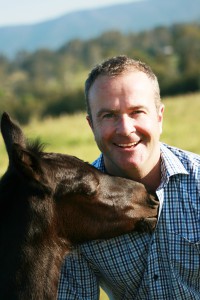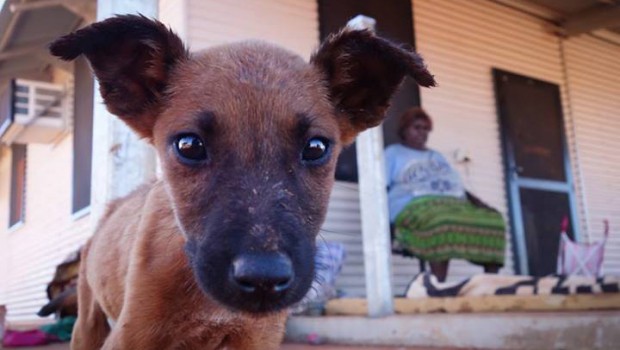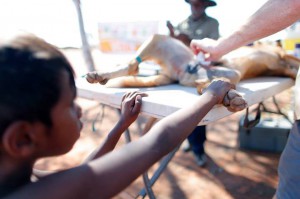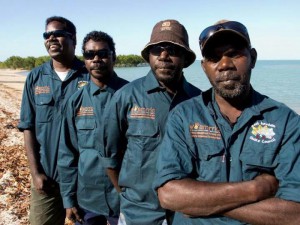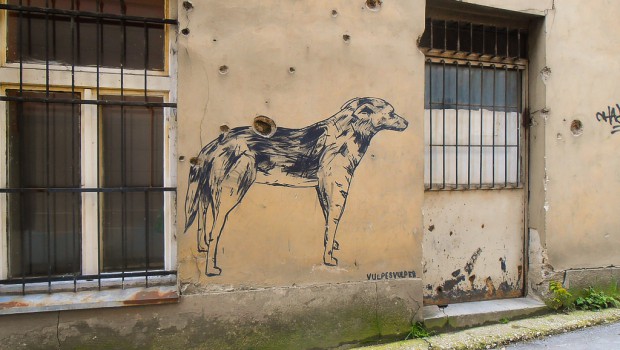Evidence can be seen as far back as 100 years on how gardeners have been taught to control pests and disease using synthetic chemicals the effects of which were never thought of let alone predicted.
In the 1960′s Rachel Carson, in her book “Silent Spring”, brought to life the realisation that many pesticides are not selective and have become universal.
The problem with pesticides
Persistent “Bioaccumulation” through food chains and in air and soil have brought devastation to wildlife and humankind.
A move from stable organochlorine products like DDT, to organophosphorus substances that break down quicker, has only multiplied the number of substances we are exposed to, and slowed facing up to the key issues.
Using a no-selective compound means when predators of particular insect pests are killed by these “non-selective” products, the surviving pest populations continue to expand faster than they would if the predators were still alive.
Hence, the broadcasting of non-selective or “broad-spectrum” pesticides has always proved to be self-defeating.
This behaviour creates imbalances that tend to favour the pests. It also elicits pesticide resistance which increases over subsequent generations to the point a strong resistance becomes the norm.
Did you know this practice can mean a pesticide can become obsolete in just a few years?
Disposal of toxic by-products, and how it effects us
Improper disposal techniques for toxic by-products are only considered “after-the-fact”.
Waiting until after these toxins have contaminated landfill sites, whether the contamination was known or not, is often worse than known broadcast spraying.
Accidental leakage can occur from drums at temporary storage sites or where storage containers have become damaged.
These harmful chemicals have moved into water ways, into storm water systems and by indirect (leakage) and direct (blatant dumping) into our oceans and rivers. Our sea food then becomes the target, which in turn comes back to effect us through consumption.
The fruit and vegetables available at our supermarkets and fresh food outlets are often sampled and checked for pesticide residues. Rarely would this kind of test show zero or low levels of organochlorine compounds.
How constant use of pesticides makes the problem worse
Constant application of synthetic pesticide chemicals usually builds up a resistant strain of pests which the chemical was sprayed to eliminate.
This type of chemical resistance can be seen and proven in many areas including things like chemicals used to control infections in humans (anti-biotics) where we often see resistance build up over time.
Unfortunately regulations governing the use of pesticides are only increased after the damage is done.
Chemicals like this should be banned instead of being released, not restricted after “irreversible damage” is done.
Insecticides are just one of many chemicals used to control pests and disease “after the fact”. Fungicides and herbicides also thrive in a chemical dominant society, and average figures given in most research do not give a complete picture.
Heavy insecticide applications on crops, and what we can do about it
At the moment, growers are relying on heavy insecticide applications which provide an unsatisfactory level of control.
Synthetic pesticides are now, as in the past, being used excessively by commercial vegetable growers, and unfortunately due to varied pricing and farmers wanting to maximise their return, withholding periods are not always observed.
It is obvious to suggest what not to buy, and instead, grow for yourself. A clear message for us consumers is to not buy any fruits or vegetables at the beginning or the end of the season.
The ONLY way to be certain of avoiding the intake of pesticide residues is to grow your own food in total absence of pesticides.
From an organic point of view certifiable standards are available. There are several organic organisations providing guidelines.
In Australia, these include Biodynamic Agricultural Association of Australia (BDAAA), Biological Farmers of Australia (BFA), Organic Growers of Australia, and NASAA, National Association for Sustainable Agriculture Australia,
To some operators, the word “organic” is just another marketing game, but to others, it is a serious commitment.
It is generally considered most organic produce is more expensive, but you will be certain to save and ensure freshness by growing as much as you can in your own garden – this is not only much cheaper, but also much more rewarding for us.



